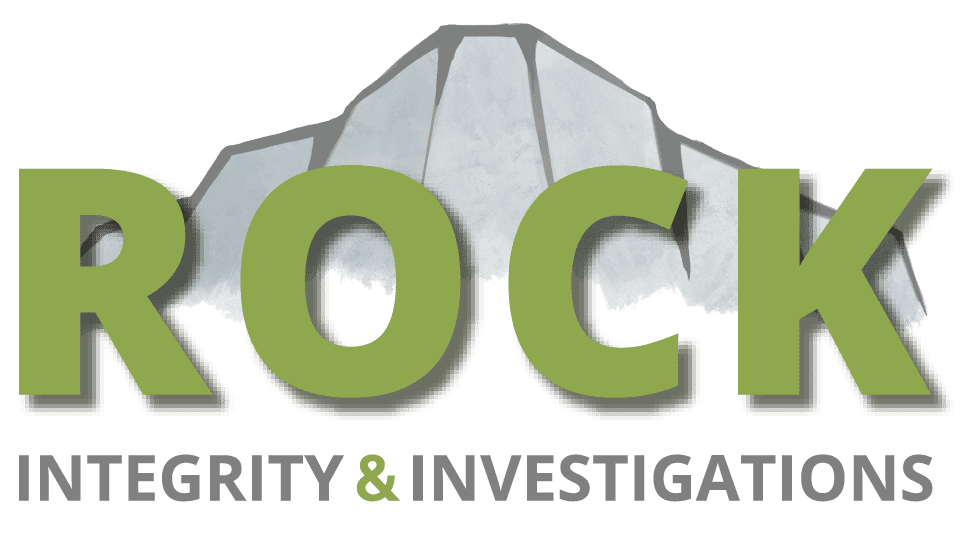“Augmented Risks: managing hidden externalities and over-hyped expectations associated with technological innovations”

On May 31, Maximilien Roche contributed to the program of the Risk !n 2024 conference in Zurich, by speaking in a session titled “Augmented Risks: managing hidden externalities and over-hyped expectations associated with technological innovations”
His presentation was focused on lessons learned from recent corporate scandals in the tech sectors (including Theranos, Wirecard and FTX). In preparation for the conference, Maximilien gave an interview to the online publication Strategic RISK.
The interview is presented below. The original article can be accessed here.
Strategic RISK (SR): When it comes to the adoption of new and innovative technologies by organizations, what is the role of risk managers?
Maximilien Roche (MR): Risk managers are (generally) rational people: they work with models, questionnaires, ratings and rules. They must ensure that the organization they work for is equipped to make informed, rational decisions, by adequately weighing risks and opportunities.
Their role can be quite challenging when it comes to helping organizations make decisions involving technological innovations.
In today’s world, technology is the closest thing we have to magic. Because it is complex and cannot be understood by everyone, it can derive into a form of cult, especially around charismatic innovators.
Particularly, the promises of technological innovation can create a form of risk-blindness or tunnel-vision, generated by a sort of magical thinking (also called by economists “irrational exuberance”).
There is a tendency to over-hype what technology can do: we’ve seen it repeatedly these past years with block chain and the metaverse and we see it again today with artificial intelligence, this silver bullet that will solve all our problems.
Hype around innovations and innovators tends to generate a “Fear Of Missing Out” (FOMO) sentiment that will lead investors or customers to completely elude the risks associated with these technologies. They are willing to skip crucial due diligence steps to ensure that they will not be left behind, watching other people get rich quick from the sideline.
Such phenomenon is accentuated in the presence of a charismatic leader who is very good at driving attention away from risk. When such leader is intentionally misrepresenting an innovation’s capabilities or the reality of a business model, this can even drive the organization into white-collar crime territory.
This is typically what we see if we do a post-mortem analysis of the spectacular collapses of Theranos or FTX. At their heart these scandals are colossal risk management failures.
So the role of risk managers is to temper such potentially irrational exuberance and make sure organizations make informed decisions by adopting a balanced approach to innovation.
SR: Why is it important that risk / compliance managers adopt a balanced approach to innovation? What are the consequences of failing to do so?
MR: Doing business is about taking risks. But taking risks without understanding them is much more akin to gambling than to doing business.
A “balanced approach” for risk managers means making sure some key questions are raised and answered with sufficient precision for business leaders to make informed decisions, such as: what are we trying to accomplish with this innovation ? how will it help us generate additional savings or revenues compared to our current approach ? are we choosing this innovation because we understand it or because it is fashionable ?
Because of their scaling effects, technological innovations can magnify the size of compliance violations by organizations. They can therefore generate considerable liabilities for organizations. Such liabilities need to be anticipated and understood.
Compliance professionals should therefore also contribute with their own questioning of a technological innovation: what is its environmental impact ? does it involve forced labour ? what kind of data does it use ? does it infringe on someone else’s IP ? etc.
These questions need to be raised early enough in the process of adopting a new technology to avoid unnecessarily delaying such adoption. They might not all be answered with scientific precision, but at least, if they are not answered, business leaders will know what they don’t know, and that’s not the same as magical thinking.
SR: Can you give an example of one strategy or tactic that risk managers can adopt to mitigate these risks – and how it helps?
MR: My answer is boringly simple here: don’t let the hype of the tech make you forget the basics: adequate governance, compliance and risk management 101. Don’t let FOMO prevent you from doing your due diligence and understanding the implication of adopting a new technology.
SR: Why should risk managers attend your session at Risk-In. What are the key things they’ll learn.
MR: During this session, I will illustrate the points I’m making above by providing real examples of when innovation over-hype or unreasonable expectations resulted in spectacular corporate failures. This should provide risk managers with concrete arguments against risk blindness and help them set up the appropriate processes in their organizations.

